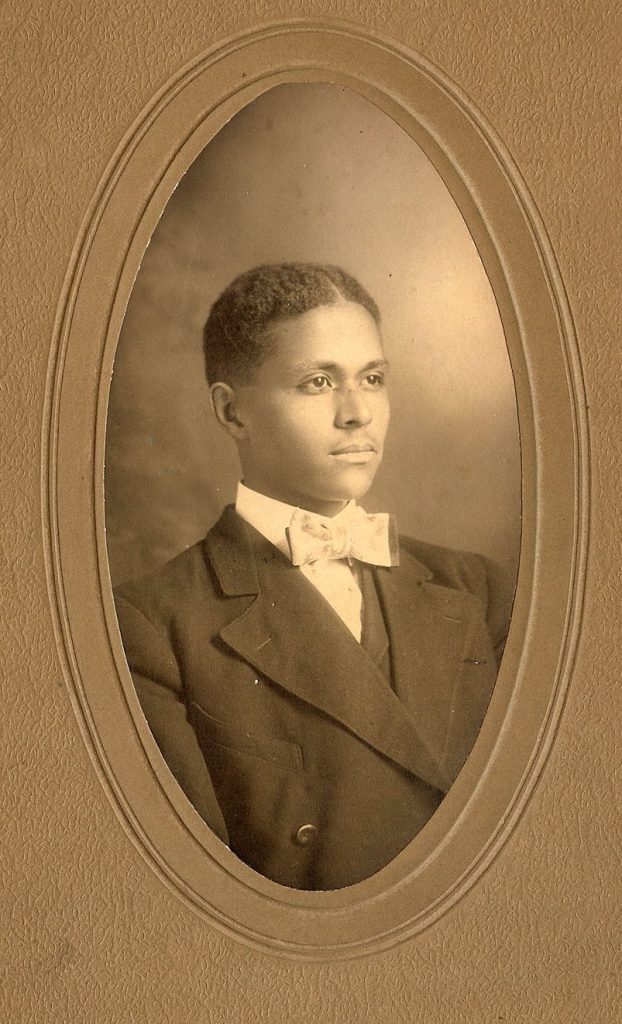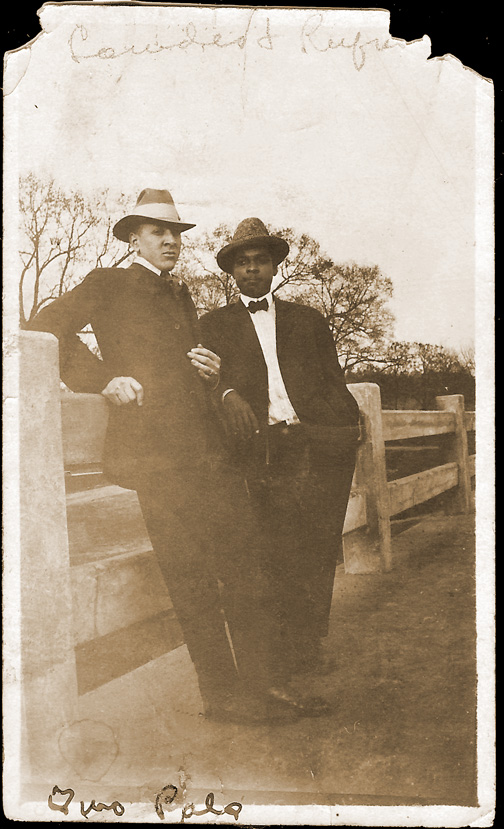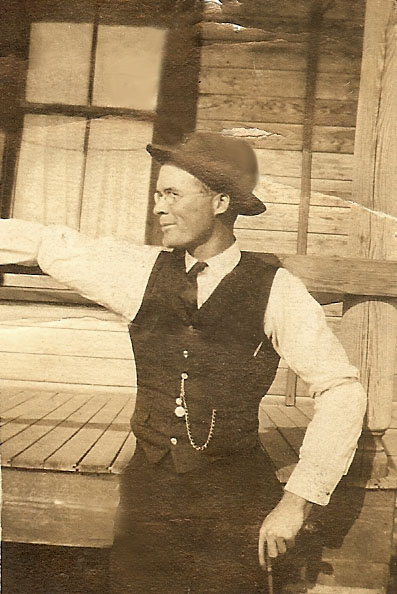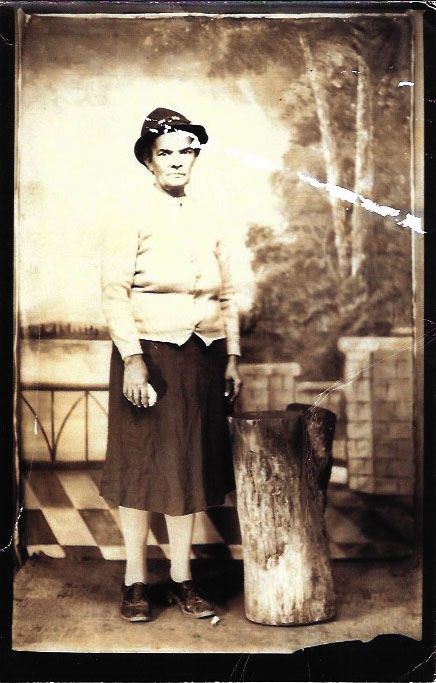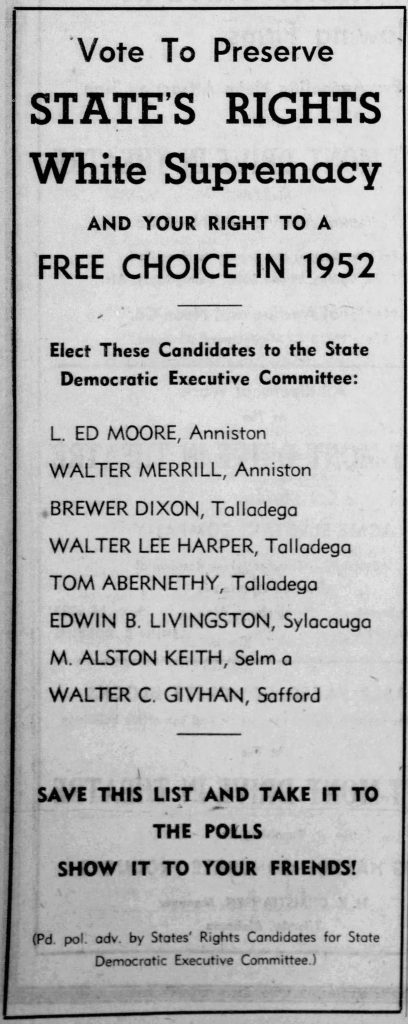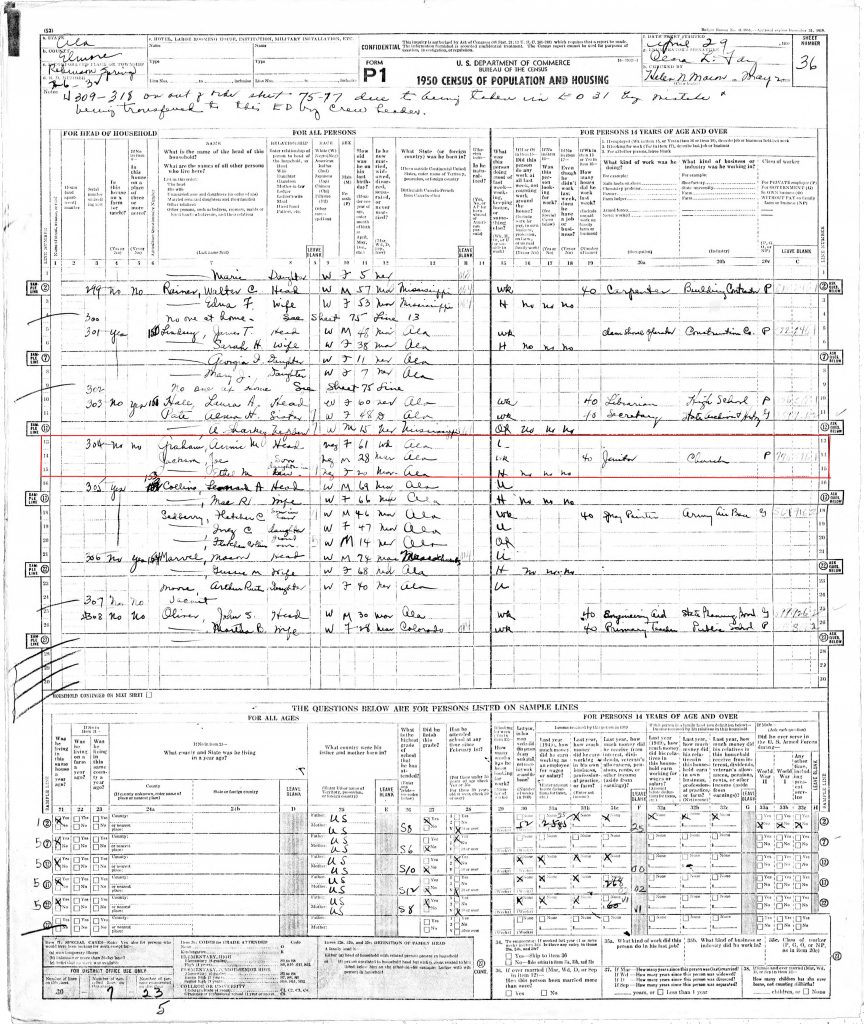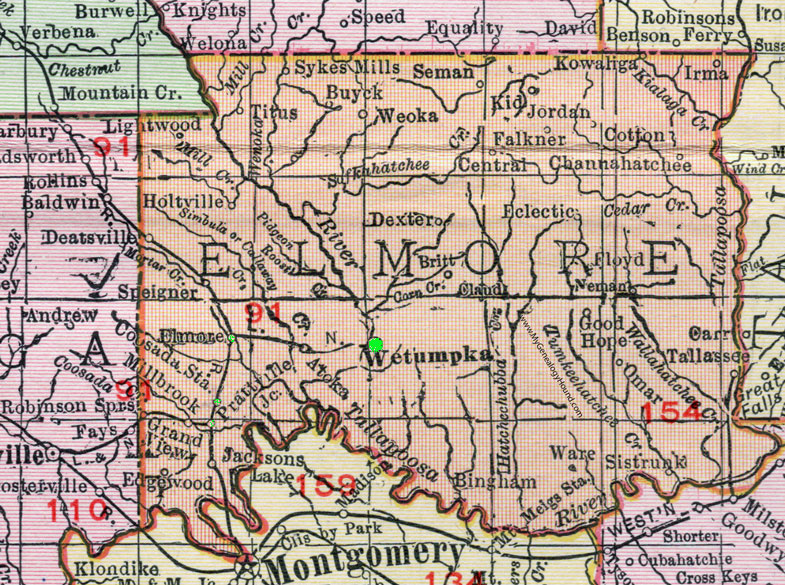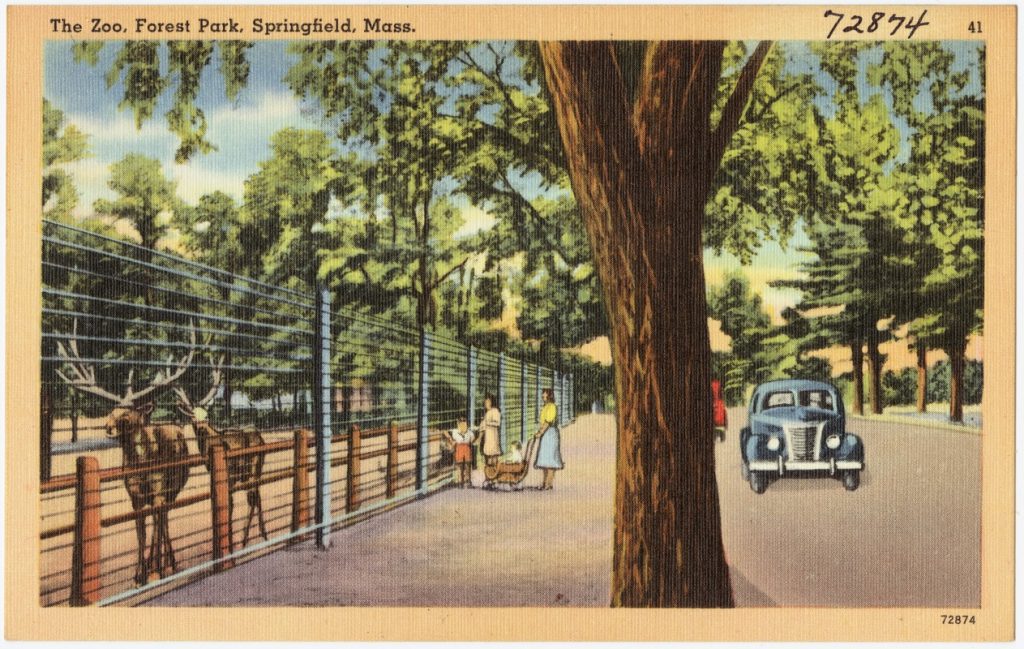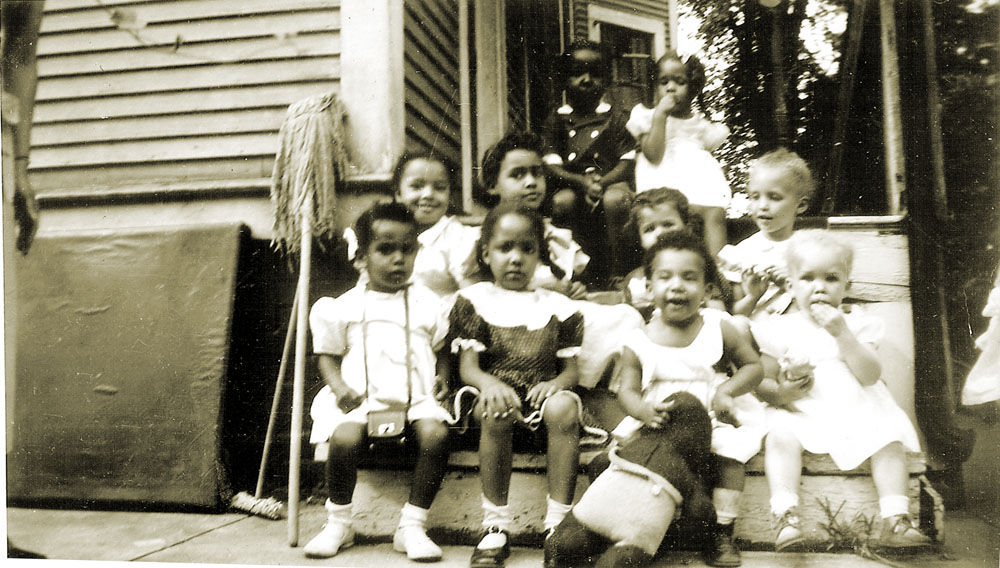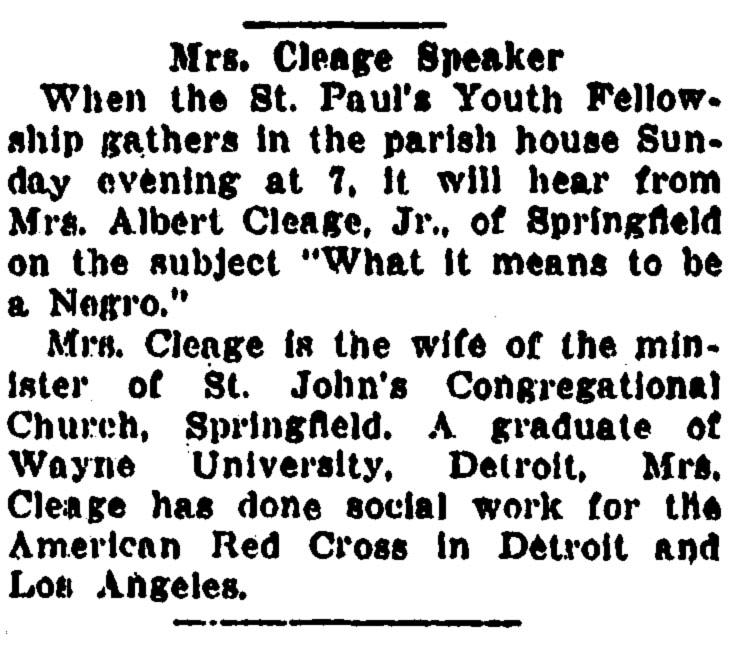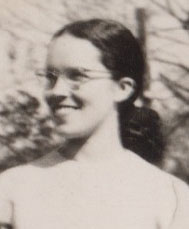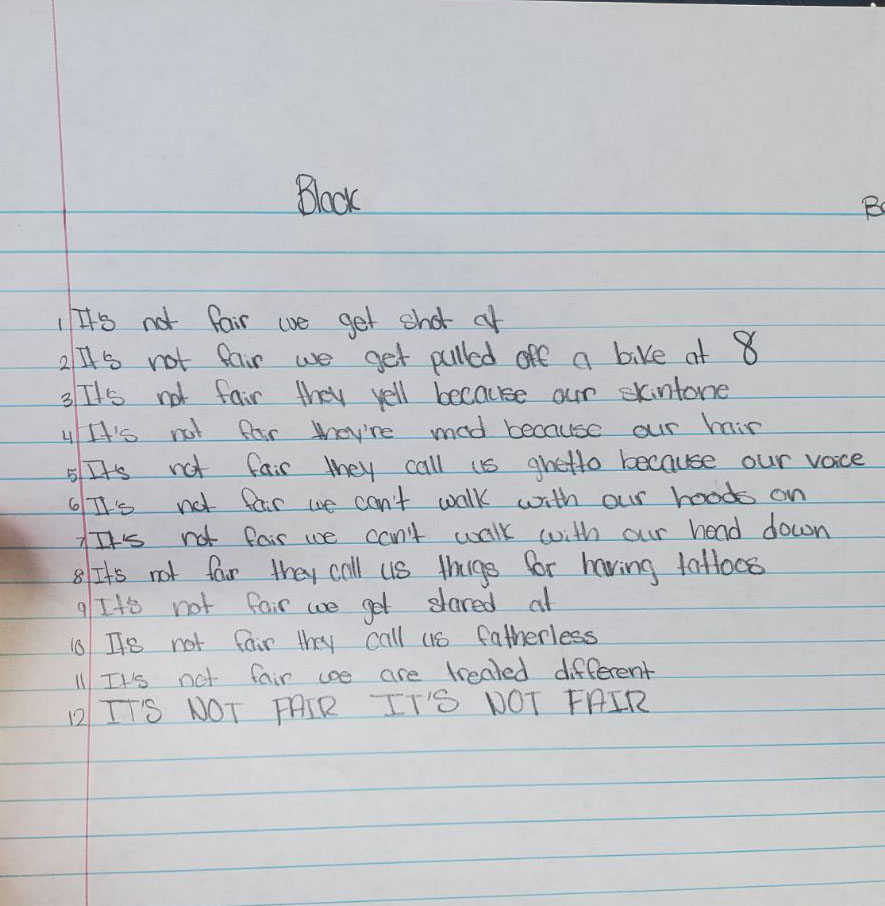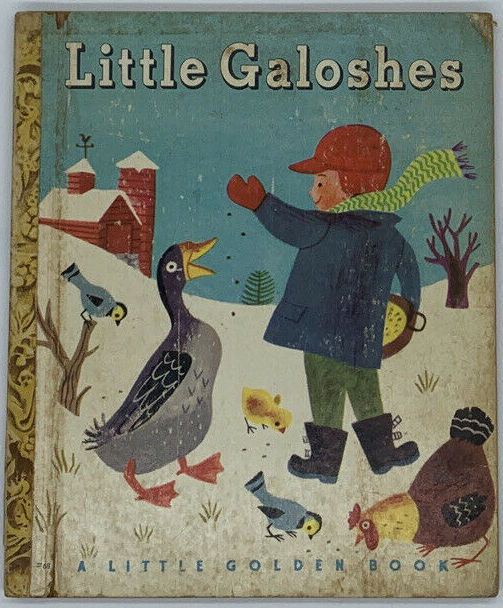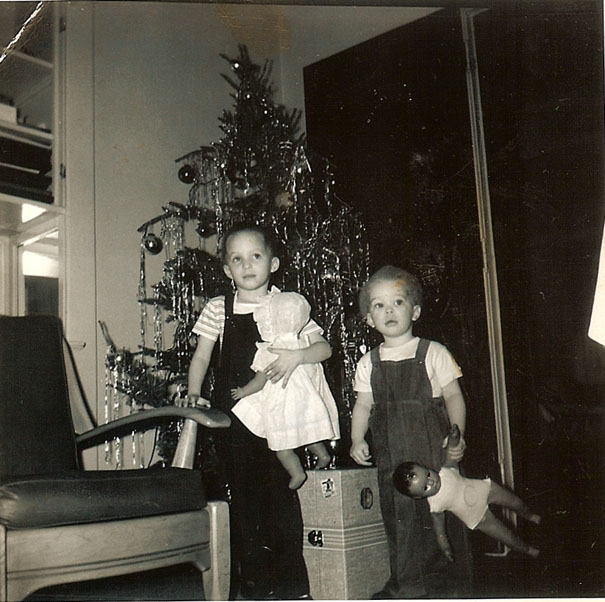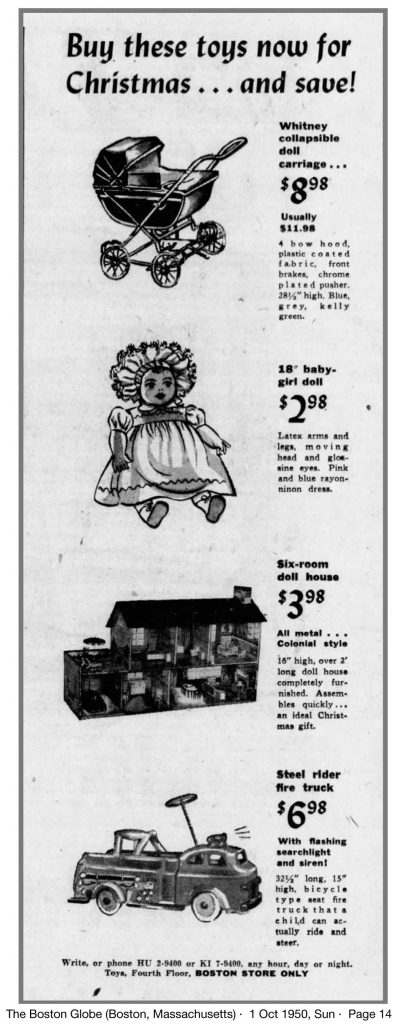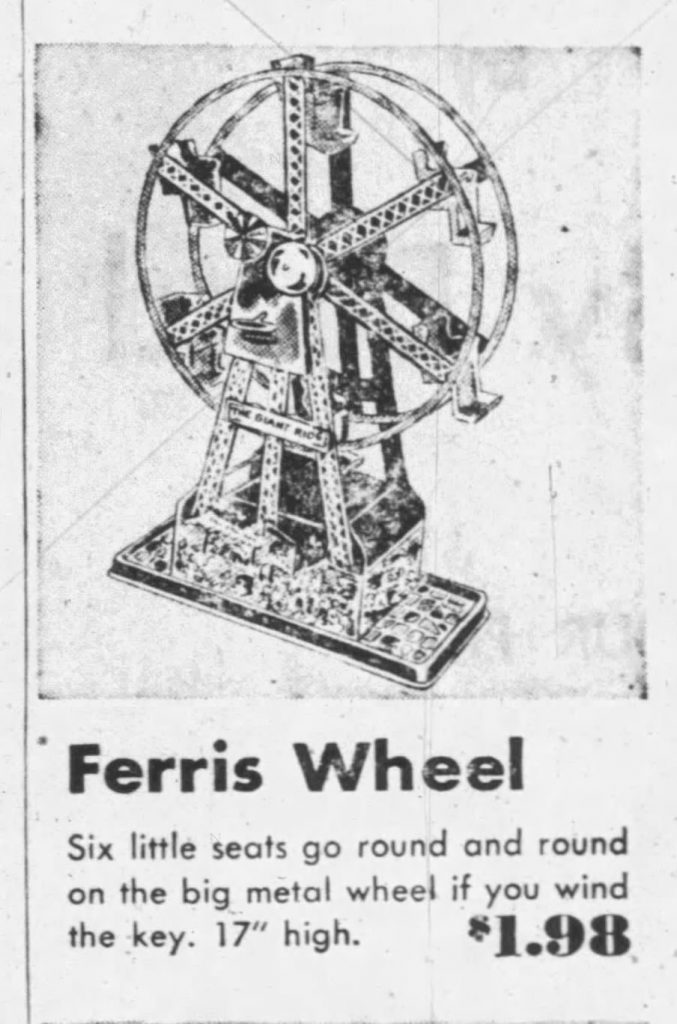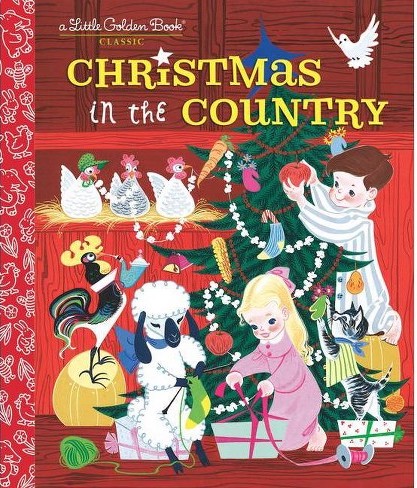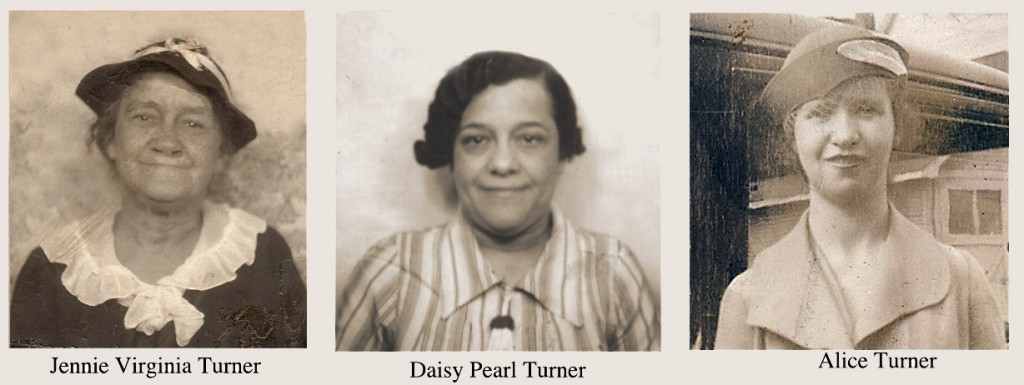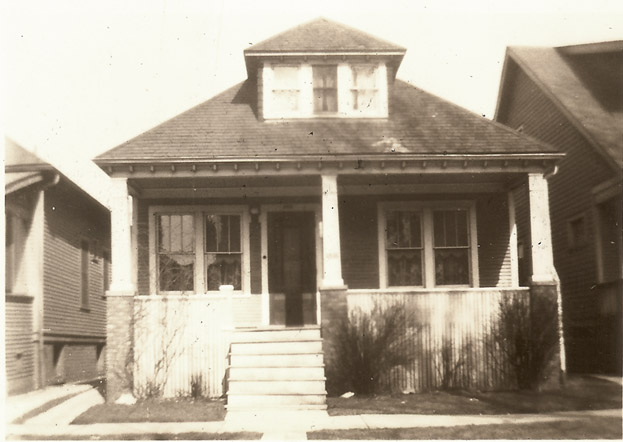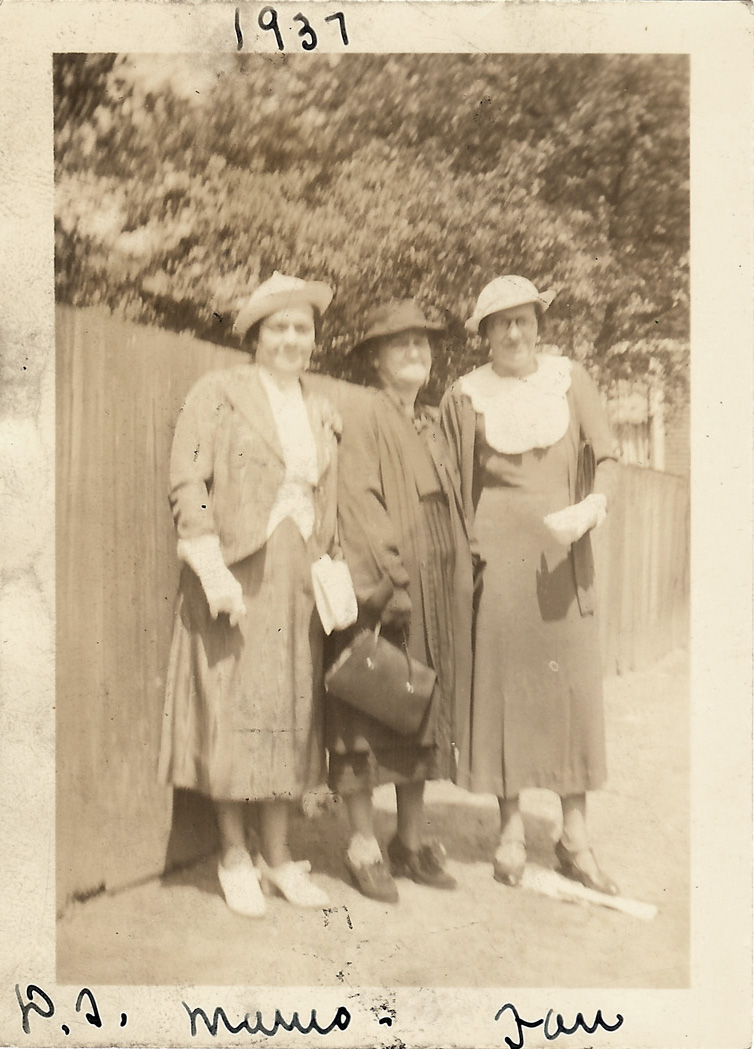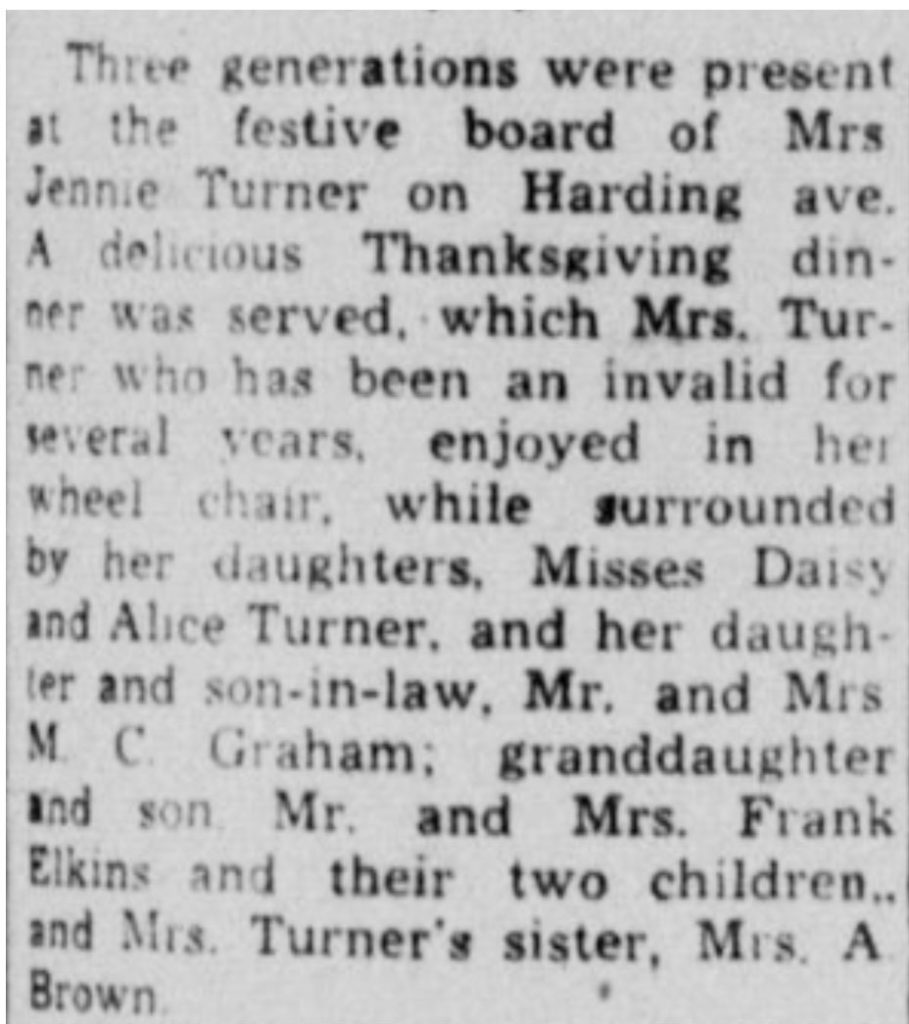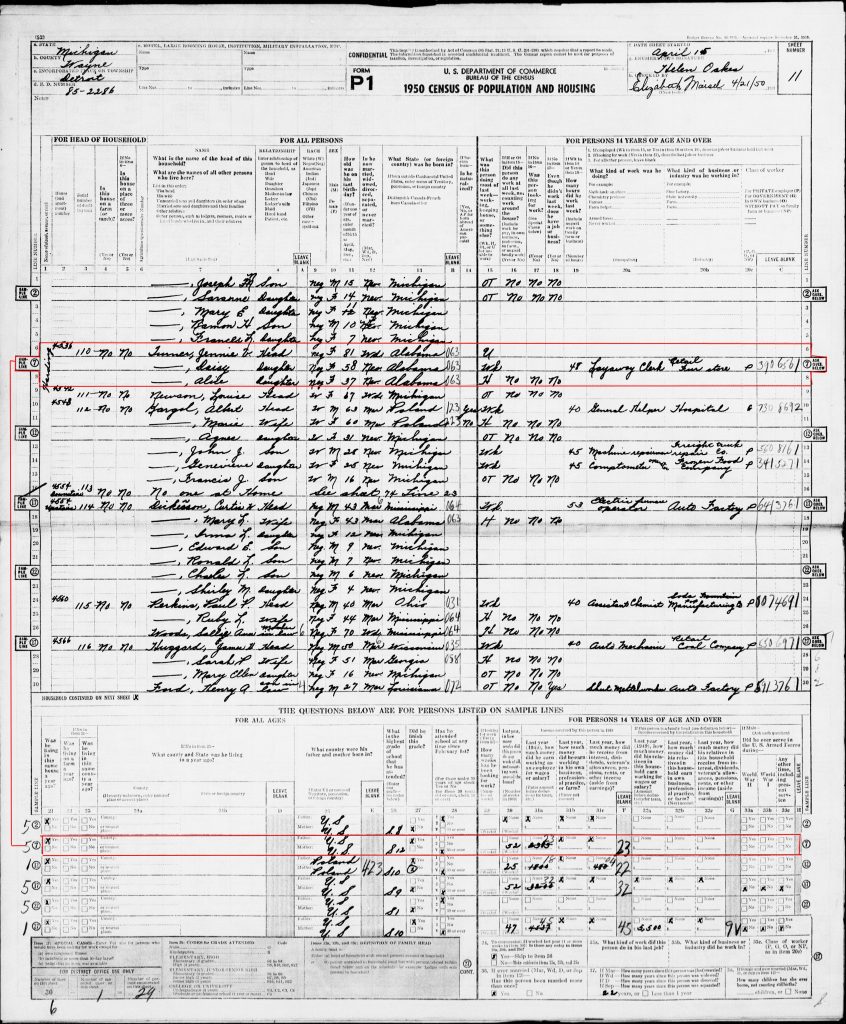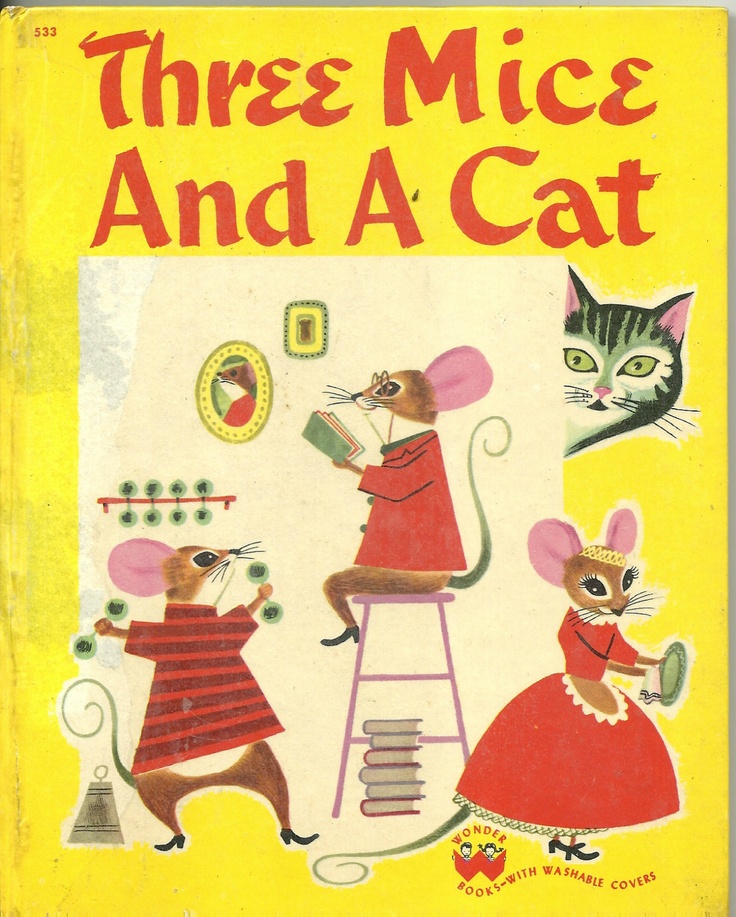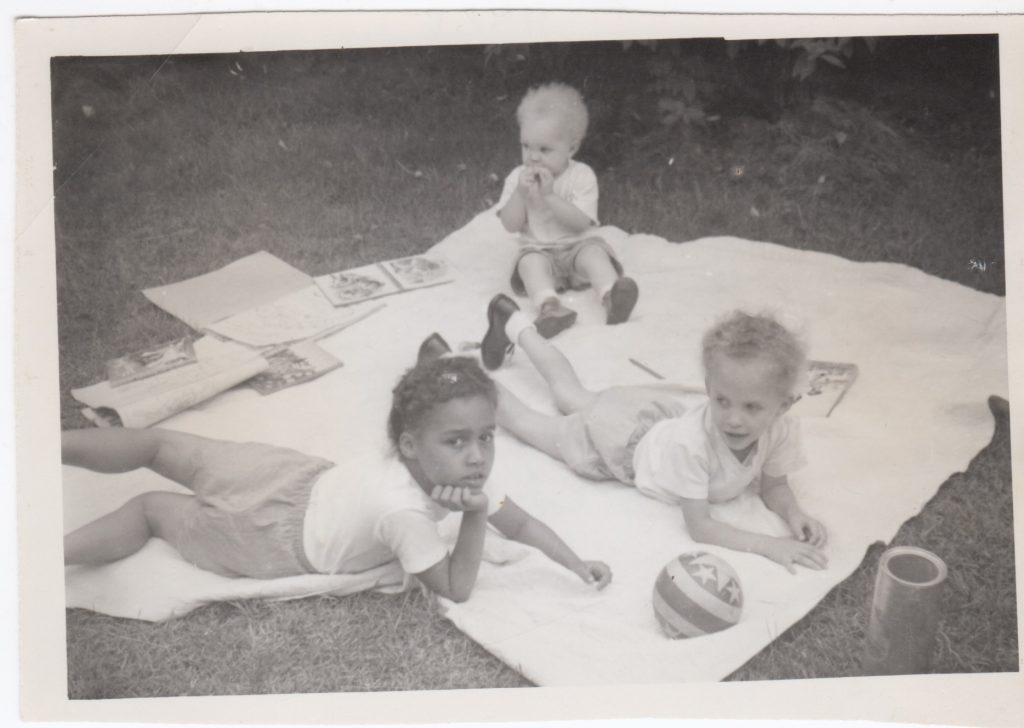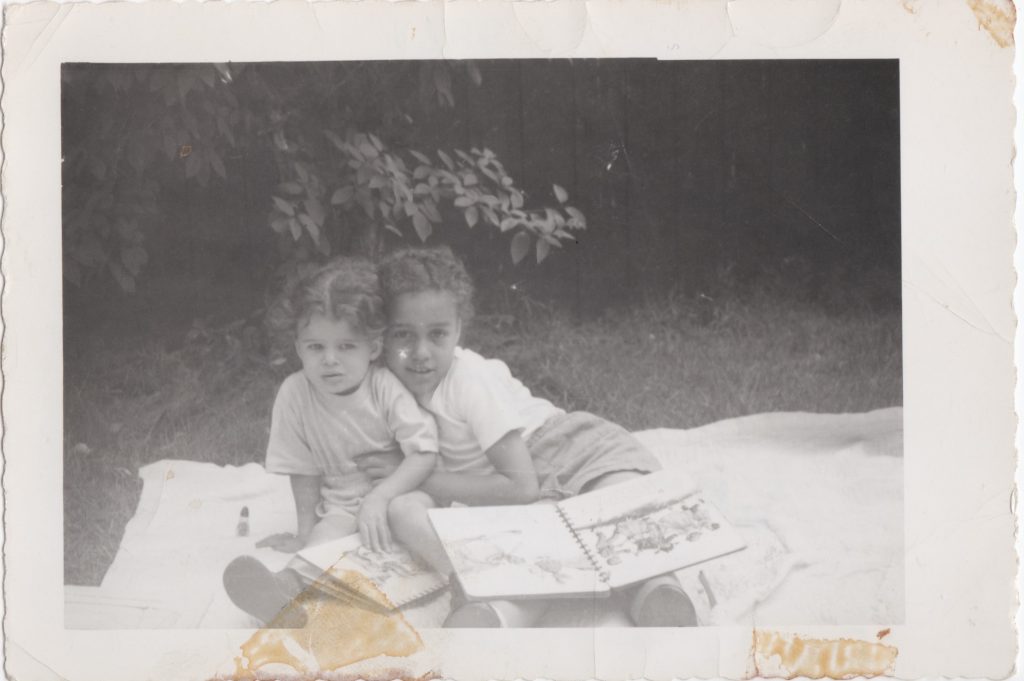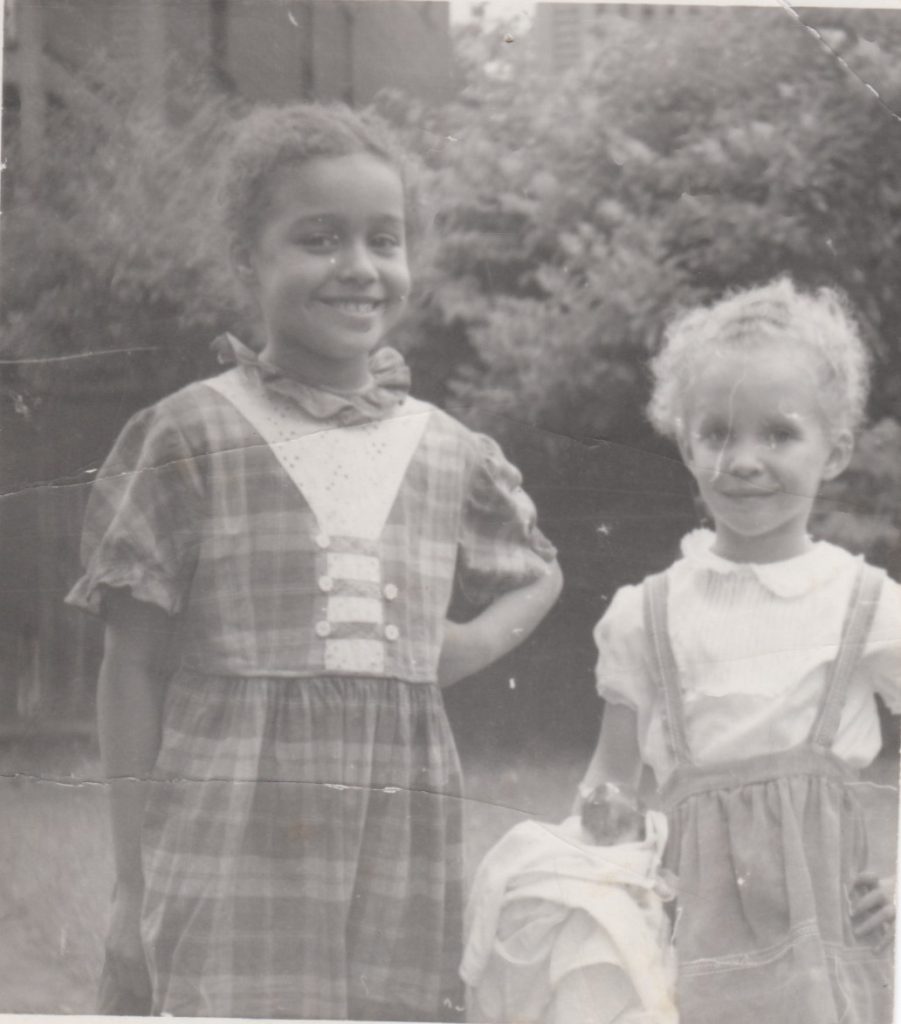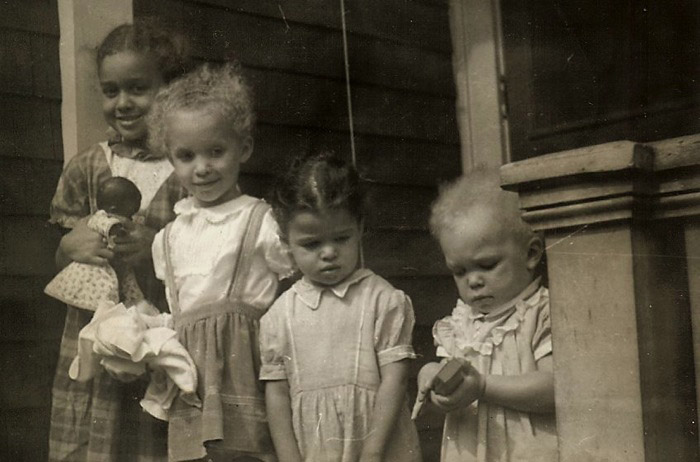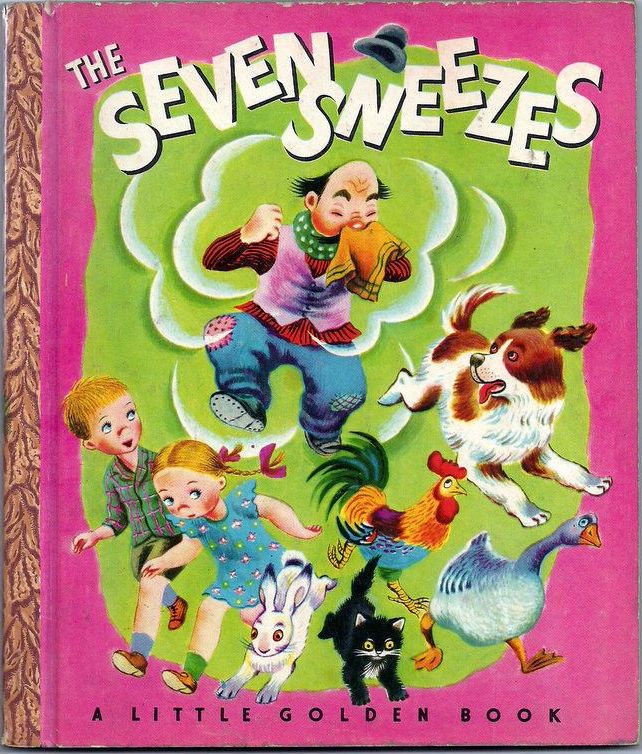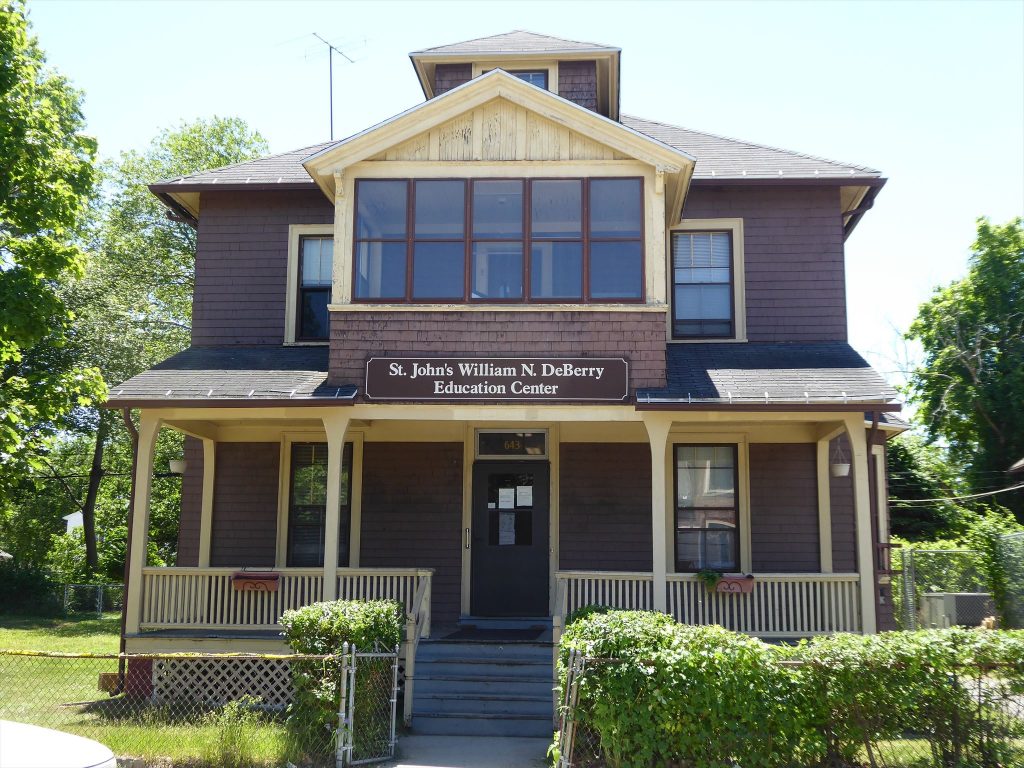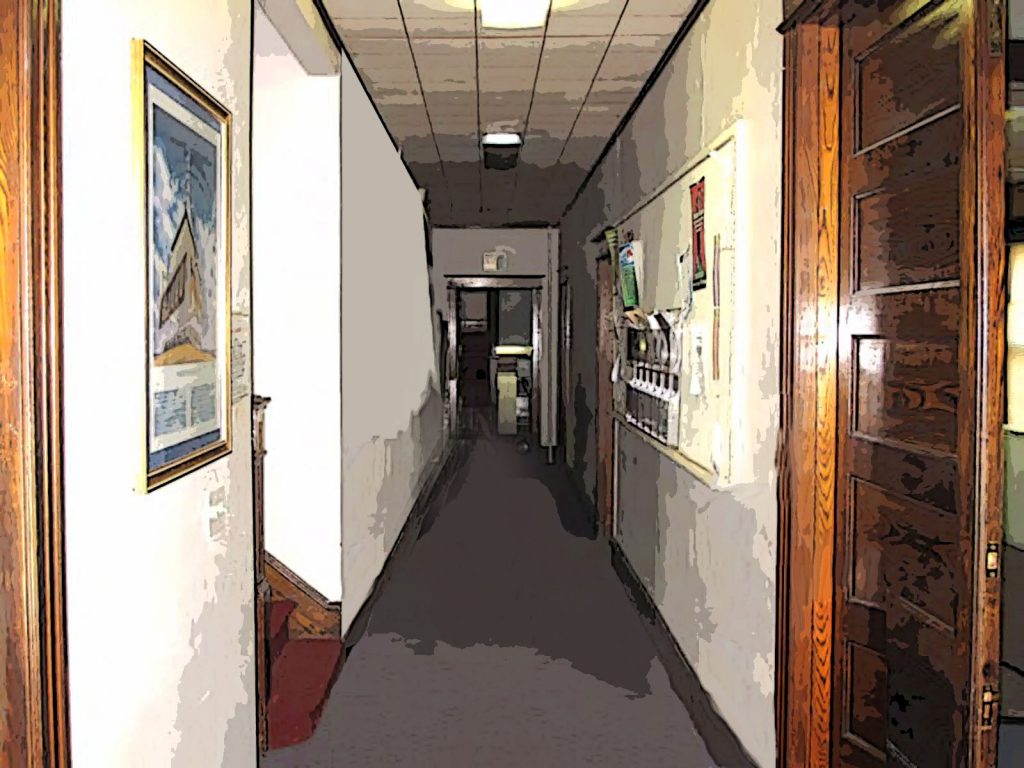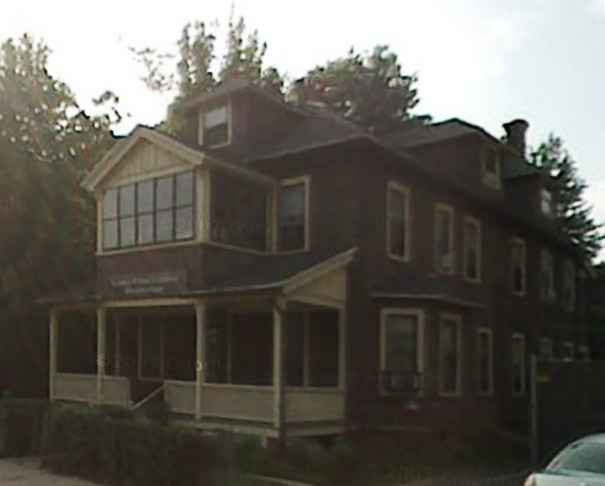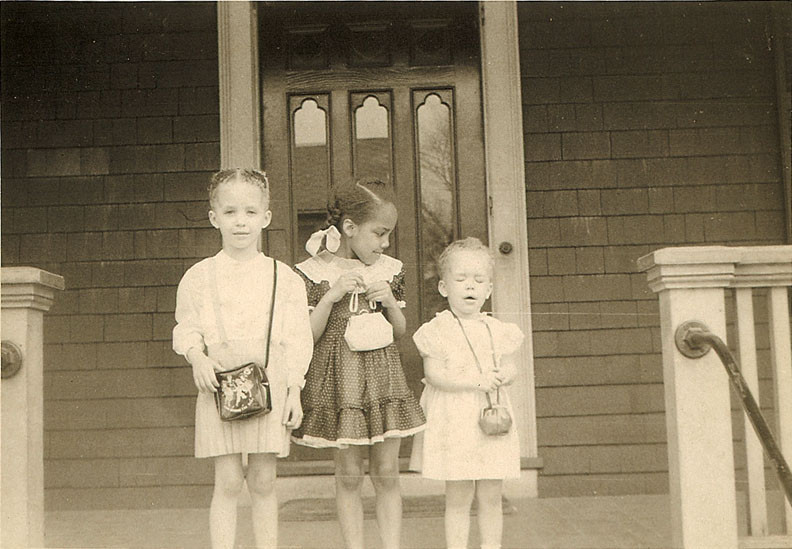I pick up my life, And take it with me,
And I put it down in Chicago, Detroit, Buffalo, Scranton,
Any place that is North and East, And not Dixie.
I pick up my life And take it on the train,
To Los Angeles, Bakersfield, Seattle, Oakland, Salt Lake
Any place that is North and West, And not South.
I am fed up With Jim Crow laws,
People who are cruel And afraid, Who lynch and run,
Who are scared of me And me of them
I pick up my life And take it away On a one-way ticket
Gone up North Gone out West Gone!
By Langston Hughes
In early 1917 my maternal grandfather Mershell C. Graham decided to leave Montgomery, Alabama and seek a new life in Detroit, Michigan. He was far from alone. Spurred on by daily life, reports in the Chicago Defender and reports from those who had gone before, thousands of black men and women were leaving the south and heading, as the poem said, North and West.
Lowndes Adams, a friend who remained in Montgomery wrote to my grandfather in April 1917,
204 Oak Street
Montgomery, Ala
April 7, 1917
Dear “Shell” – From my early acting in answering your letter, you may know or imagine how proud I was to receive a letter from the boy. I have thought of you often and wondering at the same time, if I was just to receive a postcard from you; for as you have said about me, I consider you one of my closest and most trusted worthy friends. It doesn’t seem that one can realize the feeling that exists until a separation, but after looking into the proposition, knowing that you had to get located, being in a new land, and being among strangers would consume lots of your time. I am certainly pleased to know that you are so well satisfied with Detroit and the surroundings. Yes, I would be tickled to death if I could be up there with you, for I am sick and tired of this blooming place. I know it must be an inspiration to be where you can breathe a little freedom, for every body down here are beginning to feel that slavery is still existing in the south.
The Teacher’s Association has been in session here from the 4th to the 7th and quite a number of visitors are here. The boys thru my chivalry managed to give a subscription dance, and believe me I came in an inch of being fagged out. You know how you have to run a “jinke” down to get a $1.00 from him. We had quite a success as well as an enjoyable one. Cliff was to make the punch but on account of his training being too late for him to even come to the ball, it fell my time to do something and I did wish for you but managed to brave the situation and tried to follow as close as I could remember my seeing your making punch and for a fact I really made that punch taste like “a la Shell punch”, and it turned out to be perfect class.
Alabama Medical Association will convene here on 9 and 10 and they are giving a dance at Tabors Hall on Randolph and Decatur Sts. No, not a full dress affair, so I think I shall attend. Sam Crayton is here from Chicago and he is very anxious for me to return with him, but I am afraid he will have to go and I come later.
Well, the U.S. is really in War with Germany and we can’t tell what the next war may bring. It will mean suffering for humanity, and we people down here especially. I am just as neutral as can be and expect to stand pat in the idea.
Yes, people are leaving here in droves for all directions and now you can miss them off of the streets. As many people that hung around the drug store on Sunday, you can scarcely find a dozen there now.
I have seen Miss Turner but once and that was down town. I know she keeps you well informed of herself. There is no news of interest. My sister Jessie was married in February and is now living in Pensacola, so you see so far 1917 has been lucky for me. Now old boy, I shall expect for you not to allow such long gaps between our writing each. All of my family sends the best of wishes to you and Mrs. Wyman and Hubby. The boys and girls join in with me and send their share.
Your devoted pal,
Lowndes
When I thought about my grandfather’s move to Detroit, I pictured him arriving alone, not knowing anyone. After reading the letters he received from home asking him to say hello to people who were already there, I realized that was not the way it happened. My next post will talk about his arrival, locating housing and finding a job.
______________
Note: I have had several people say they don’t know what “Jinke” means. I have never heard or seen the word before, however, I take it to mean “Negro”.
